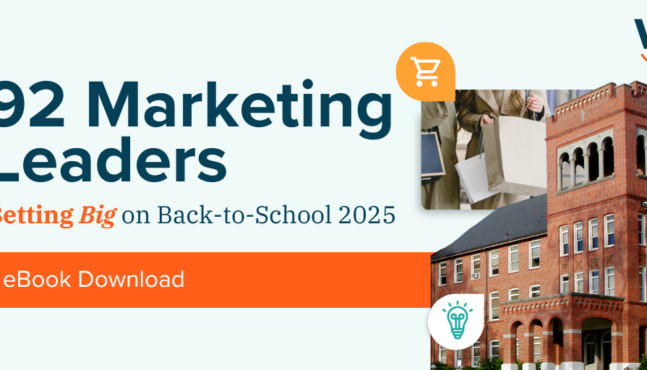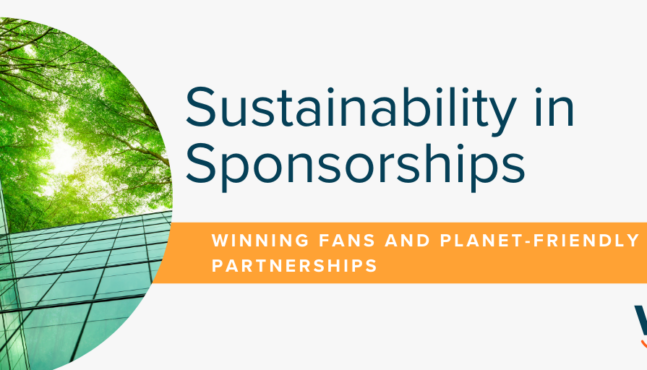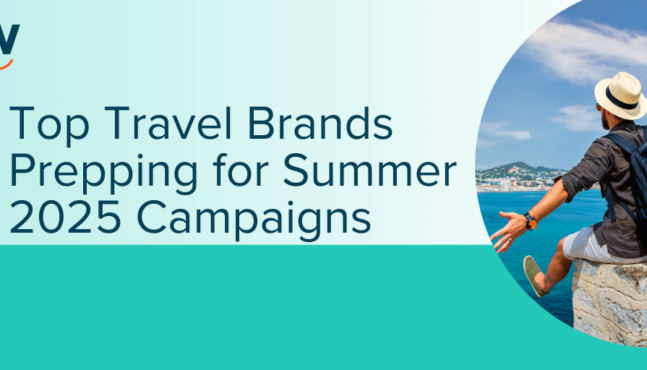
How to Get the Best New Partnerships for Your Event
With over $21 billion spent on sponsorship last year in North America – everyone in the event space wants to know how to get more and/or better sponsorships. Developing new partnerships is not an easy task, but if you have a game plan in place – and the right sales and prospecting tools – you’ll be off to a good start.
Here are some things to think about when putting together your strategy.
Timing is everything.
You want to reach out to potential event or team sponsors shortly after your most recent event. With the different U.S. Olympic teams I work with, they definitely go after sponsors before the Olympic game, but really turn things up a notch right after the games. The buzz, pride and excitement is still in the air and brands recognize that. Corporate sponsorship decision makers become more open to the idea of a partnership. If you can articulate the excitement and impact of your past events and reach out to ideal brands during their planning periods – you put yourself in a better position than your competitors.
Know when your prospects planning periods are.
Reaching out before their sponsorship dollars have already been allocated elsewhere is crucial in winning that piece of new business. You can spend hours gathering information on brands and how you’re going to reach out to them – but if their planning period has passed and that money is gone; it’s going to be tough to get them to buy in to your event. If you’re a Winmo subscriber, you can filter target brands by planning period, giving you a timeline to structure your sales and prospecting efforts around. If you’re not, get your free trial access to see how Winmo can help you find more sponsors and sponsorship opportunities..
Know the brand’s target demographic.
As you know, if your target audience is not in-line with the brand’s target demographic you may be wasting your time. But don’t just dismiss certain brands based on YOUR idea of who their target demographic is. Brands need to change in order to grow – so make sure you do your homework on what their most recent initiatives are. DailyVista is a great resource to keep you up to date with that information.
Show brands the ROI of your events.
Do this by providing statisticss and testimonials from past sponsors. Outside of just who was at your event and how many eyeballs were there – did that sponsoring brand receive a social media following increase from those living within a 50-mile radius of the event? Was there an increase in product sales – in the city of the event, for that sponsor – the weeks following the event? These types of stats are impactful.
No brand wants to feel like they are being “sold” on sponsoring an event. The best way to get around this barrier is to get someone else to tell the story for you – that does not have that sales title or stigma tied to them. Third-party storytelling is extremely important when targeting new sponsors.
How do you get testimonials to help tell your story?
The first way is to just ask for it. Studies have shown 87% of clients are willing to give a testimonial – but only 10% are ever asked for one. You can also provide your clients a discount or added service in return for a testimonial. You want to make sure your client testimonials are specific and show results – not just “it was a fun event to sponsor.”
Make sure you get approval to share your clients’ testimonials with others and that it’s okay to use their name, title, company and even picture.




